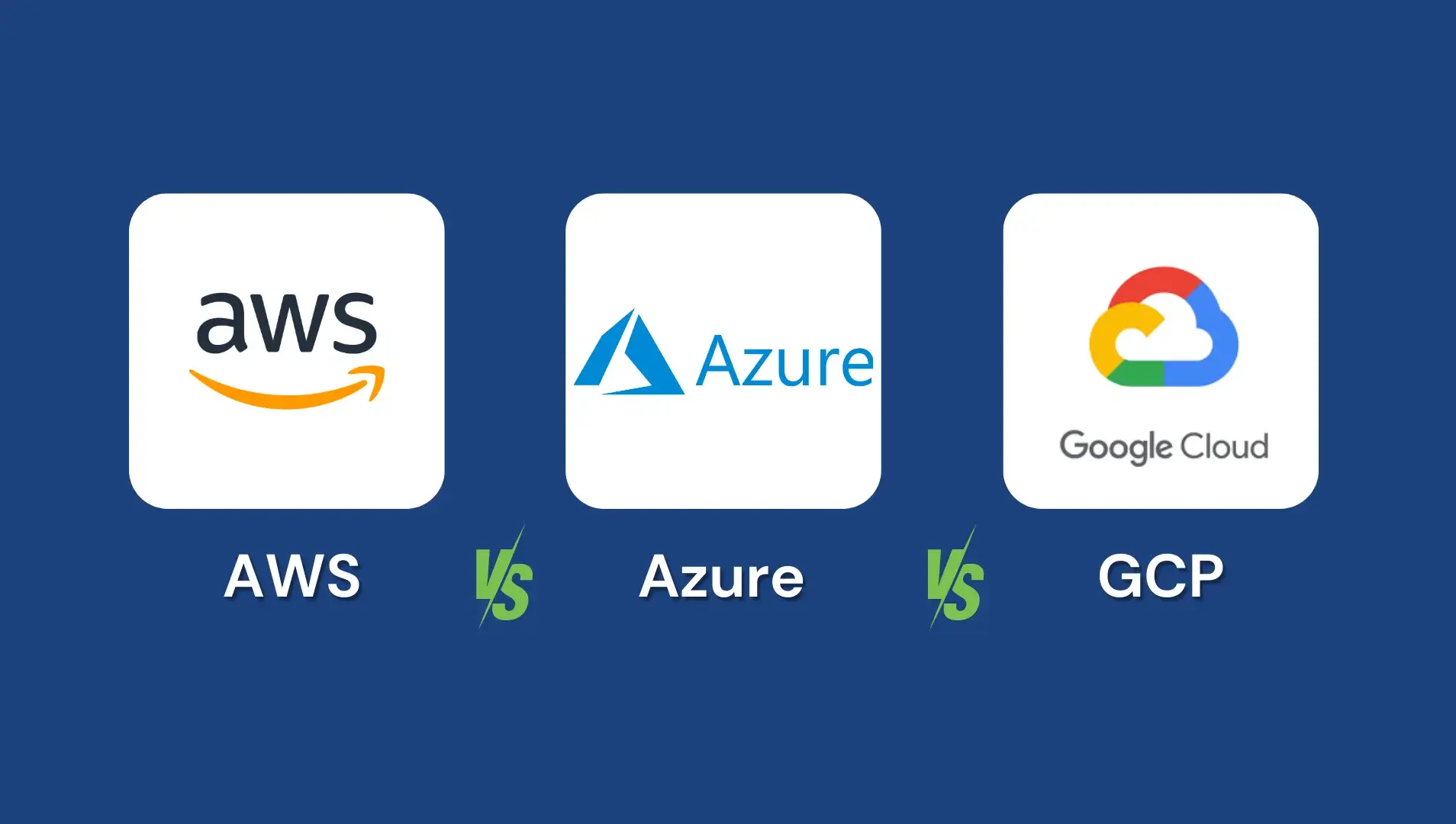Choosing a cloud platform can feel like picking a life partner. You’re committing significant time, money, and mental energy, and switching later? Well, that’s about as fun as moving apartments during a snowstorm.
I’ve spent countless hours wrestling with all three major players in the cloud game: Amazon Web Services (AWS), Microsoft Azure, and Google Cloud Platform (GCP). After migrating workloads, debugging mysterious billing spikes, and having more “infrastructure conversations” than I care to admit, I’m here to give you the real scoop on what each platform brings to the table.
The Heavyweight Champion: AWS
AWS is like that friend who’s been lifting weights since high school—massive, intimidating, and probably has a tool for everything you could ever need (and about 500 things you’ll never touch).
What makes AWS shine:
- Service breadth that’s almost ridiculous: With over 200 services, AWS has solutions for problems you didn’t even know existed. Need to analyze whale songs using machine learning? There’s probably an AWS service for that.
- Global reach: They’re everywhere. Seriously. With 31 regions and counting, your users in rural Montana and downtown Tokyo will both have decent performance.
- Enterprise street cred: When your boss asks “Is it enterprise-ready?” the answer with AWS is usually “It better be—Netflix runs on it.”
Where it gets messy:
- Pricing complexity: AWS pricing makes tax law look straightforward. I once spent an entire afternoon trying to understand why our S3 bill included 47 different line items.
- Overwhelming choices: Sometimes having 200+ services feels like standing in the cereal aisle of a supermarket—paralyzing rather than helpful.
- The learning curve: AWS has its own vocabulary, and fluency takes time. “What’s the difference between ELB, ALB, and NLB?” becomes a legitimate dinner party conversation.
The Corporate Favorite: Microsoft Azure
Azure is like that colleague who seamlessly integrates into every meeting—professional, reliable, and speaks everyone’s language, especially if you’re already living in Microsoft’s ecosystem.
Azure’s sweet spots:
- Windows integration that just works: If your organization runs on Windows Server, Active Directory, and Office 365, Azure feels like coming home. No awkward introductions needed.
- Hybrid cloud done right: Azure Arc and other hybrid solutions let you keep one foot in your on-premises data center while dipping the other in the cloud pool.
- Developer-friendly: Visual Studio integration, GitHub connectivity, and solid DevOps tools make developers actually want to use it.
The rough edges:
- Identity management complexity: Azure’s identity story is powerful but can feel like solving a Rubik’s cube blindfolded. Multiple portals, different admin centers—it’s a lot.
- Pricing transparency issues: While generally competitive, understanding exactly what you’re paying for can be challenging, especially with licensing overlap.
- Performance variability: I’ve noticed more inconsistency in performance across different regions compared to AWS.
The Smart Upstart: Google Cloud Platform
GCP is like that brilliant friend who approaches problems differently—sometimes that’s exactly what you need, other times you just want them to do things the normal way.
Where GCP excels:
- Data and AI leadership: Google’s AI/ML services are legitimately impressive. BigQuery makes analyzing massive datasets feel effortless, and their AI APIs often outperform competitors.
- Network performance: Google’s global network is fast. Really fast. They’ve been building internet infrastructure longer than most companies have existed.
- Clean pricing model: GCP’s pricing is refreshingly straightforward. Sustained use discounts and per-second billing show they’re thinking about user experience.
- Kubernetes native: Since Google created Kubernetes, their container orchestration feels most natural here.
The growing pains:
- Smaller ecosystem: Fewer third-party integrations and marketplace options compared to AWS or Azure.
- Enterprise adoption lag: While growing rapidly, GCP sometimes lacks the enterprise features and compliance certifications that large organizations require.
- Support inconsistency: Google’s support can range from brilliant to… well, very Google-like (think Gmail support vibes).
The Real Talk: Making Your Choice
Here’s what I wish someone had told me before my first cloud migration:
Go with AWS if:
- You need maximum flexibility and don’t mind complexity
- Your workloads are diverse and unpredictable
- You have the team bandwidth to navigate the learning curve
- You need services that simply don’t exist elsewhere
Choose Azure if:
- You’re already invested in Microsoft technologies
- Hybrid cloud is crucial to your strategy
- You want enterprise-grade governance out of the box
- Your developers live in the Microsoft ecosystem
Pick GCP if:
- Data analytics and machine learning are core to your business
- You prioritize performance and clean architecture
- You’re container-first in your approach
- You want predictable pricing without surprises
The Bottom Line
Here’s the truth no vendor wants to admit: all three platforms can probably handle your workload just fine. The “best” choice often comes down to your team’s existing skills, your organization’s technology stack, and honestly, which pricing model makes your CFO less cranky.
I’ve seen successful deployments on all three platforms and spectacular failures on all three as well. The platform doesn’t make or break your success—your team’s expertise and your architectural decisions do.
My advice? Start small, experiment, and don’t let anyone convince you that switching clouds later is impossible. It’s not easy, but it’s not the end of the world either. Pick one, learn it well, and focus on building something great.
After all, the best cloud platform is the one that gets out of your way and lets you focus on solving real problems for real people. Everything else is just marketing fluff.

With over 6 years of experience in the blogging world, I specialize in crafting engaging, informative, and SEO-optimized content across various niches including tech, digital trends, and online monetization. I thrive on staying ahead of industry trends, experimenting with new content strategies, and helping others grow their digital presence.


